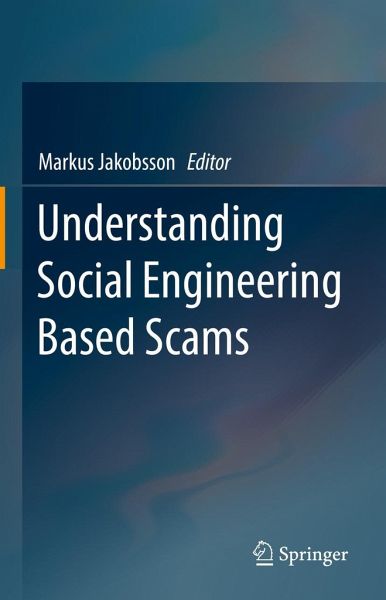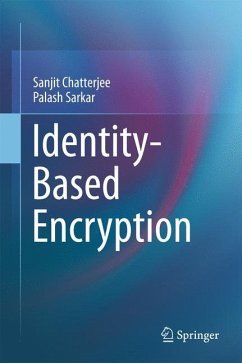
Understanding Social Engineering Based Scams

PAYBACK Punkte
38 °P sammeln!
This book describes trends in email scams and offers tools and techniquesto identify such trends. It also describes automated countermeasuresbased on an understanding of the type of persuasive methods used byscammers. It reviews both consumer-facing scams and enterprise scams,describing in-depth case studies relating to Craigslist scams and BusinessEmail Compromise Scams. This book provides a good starting point forpractitioners, decision makers and researchers in that it includesalternatives and complementary tools to the currently deployed emailsecurity tools, with a focus on understanding t...
This book describes trends in email scams and offers tools and techniques
to identify such trends. It also describes automated countermeasures
based on an understanding of the type of persuasive methods used by
scammers. It reviews both consumer-facing scams and enterprise scams,
describing in-depth case studies relating to Craigslist scams and Business
Email Compromise Scams. This book provides a good starting point for
practitioners, decision makers and researchers in that it includes
alternatives and complementary tools to the currently deployed email
security tools, with a focus on understanding the metrics of scams.
Both professionals working in security and advanced-level students
interested in privacy or applications of computer science will find this book
a useful reference.
to identify such trends. It also describes automated countermeasures
based on an understanding of the type of persuasive methods used by
scammers. It reviews both consumer-facing scams and enterprise scams,
describing in-depth case studies relating to Craigslist scams and Business
Email Compromise Scams. This book provides a good starting point for
practitioners, decision makers and researchers in that it includes
alternatives and complementary tools to the currently deployed email
security tools, with a focus on understanding the metrics of scams.
Both professionals working in security and advanced-level students
interested in privacy or applications of computer science will find this book
a useful reference.












